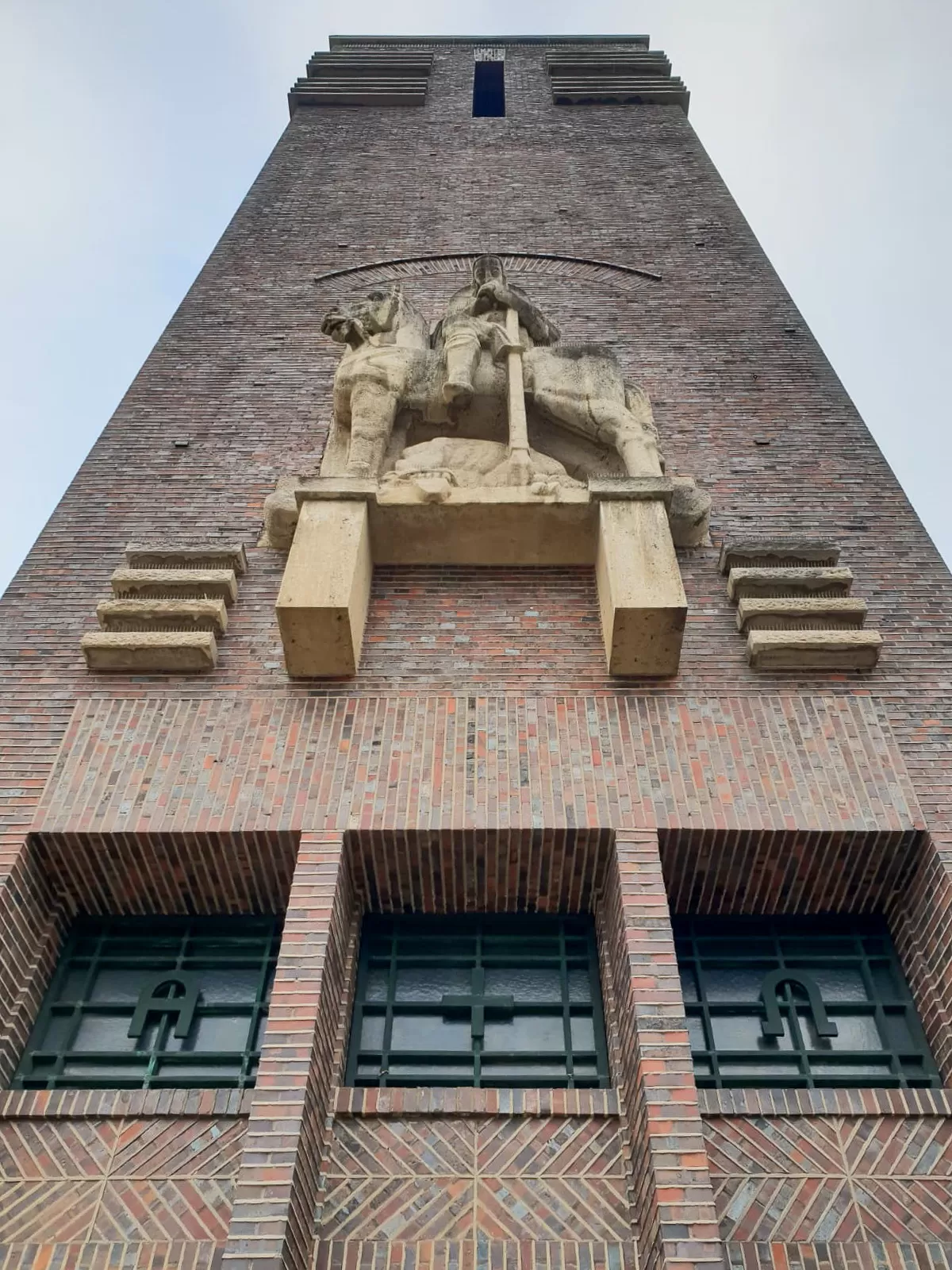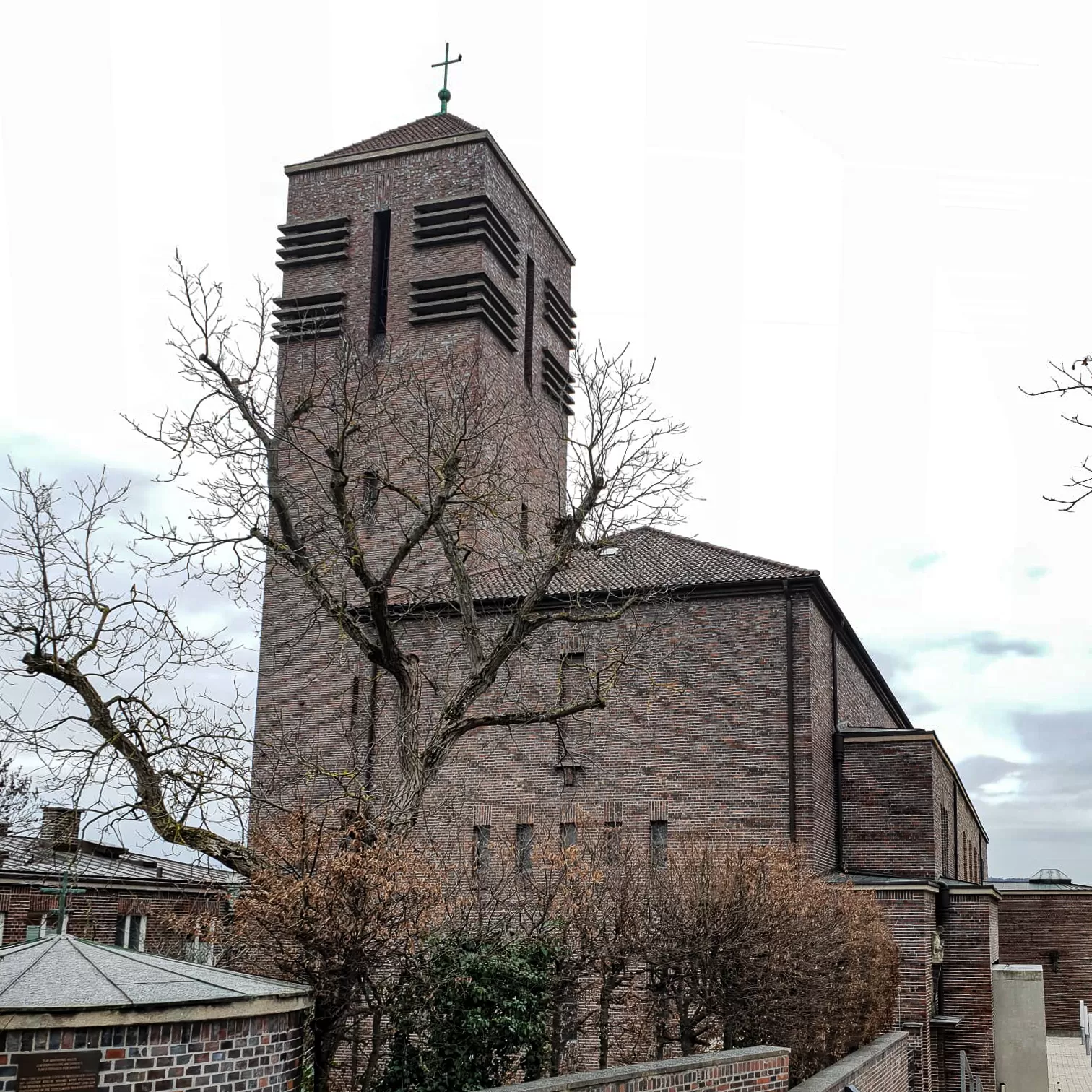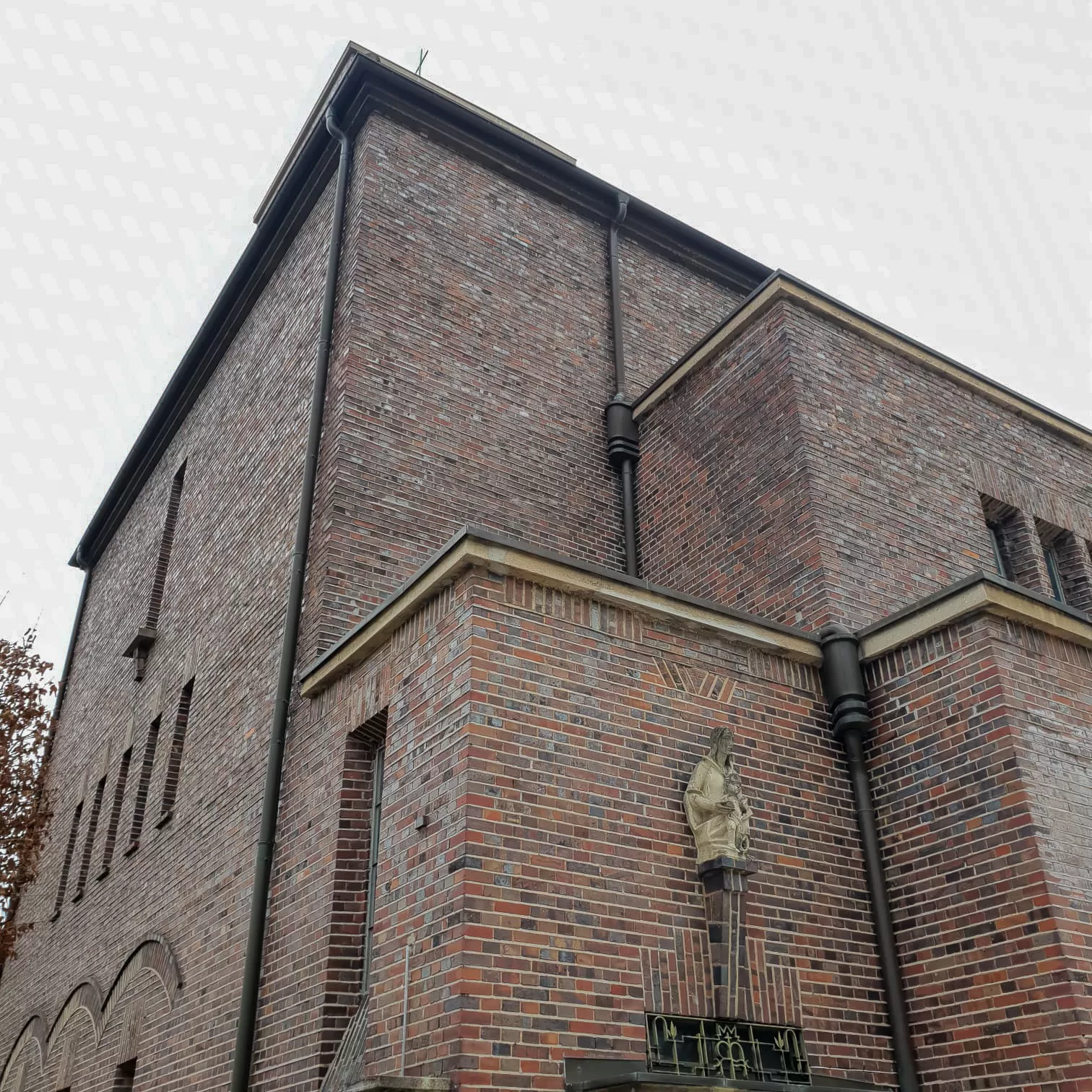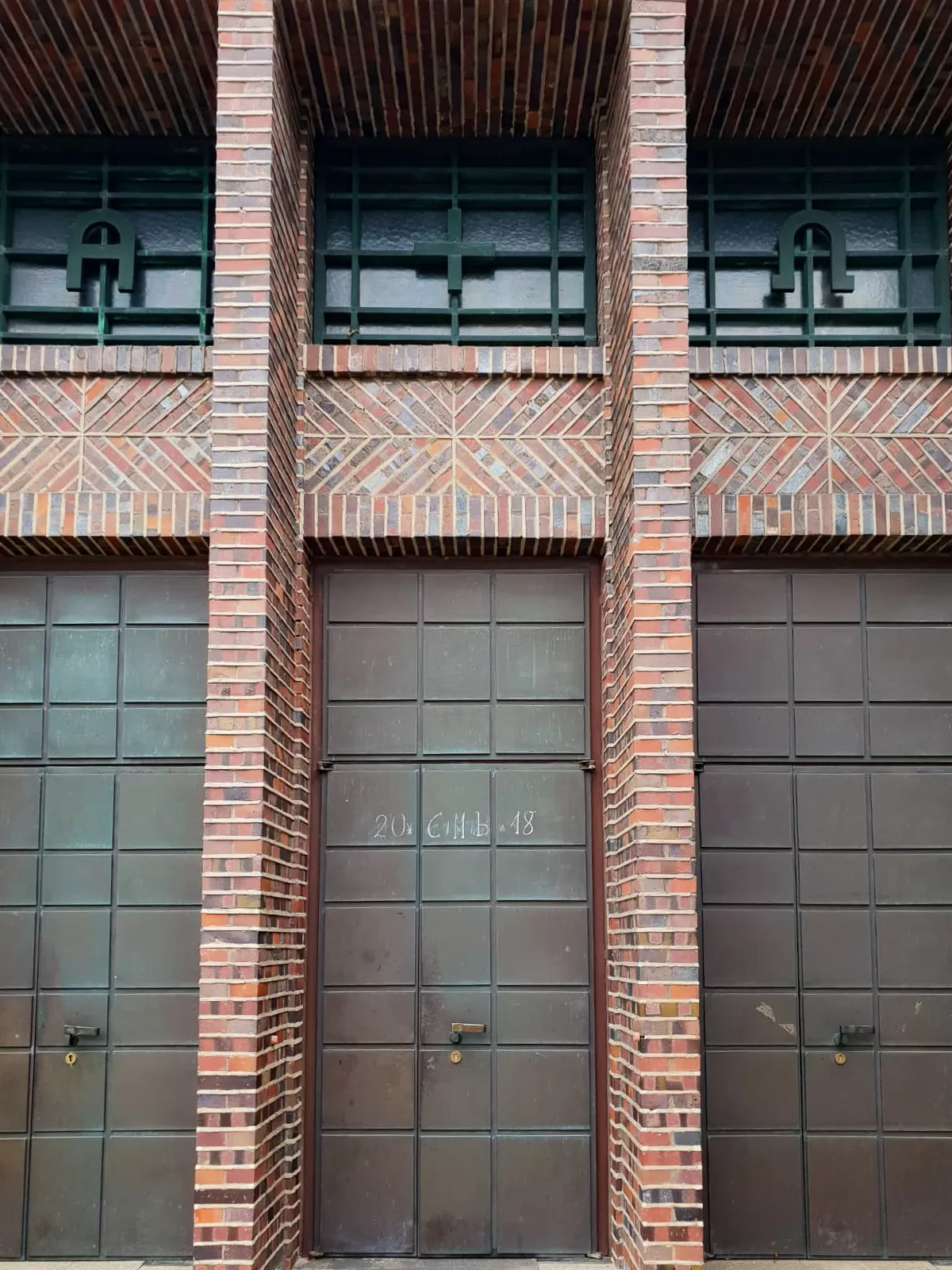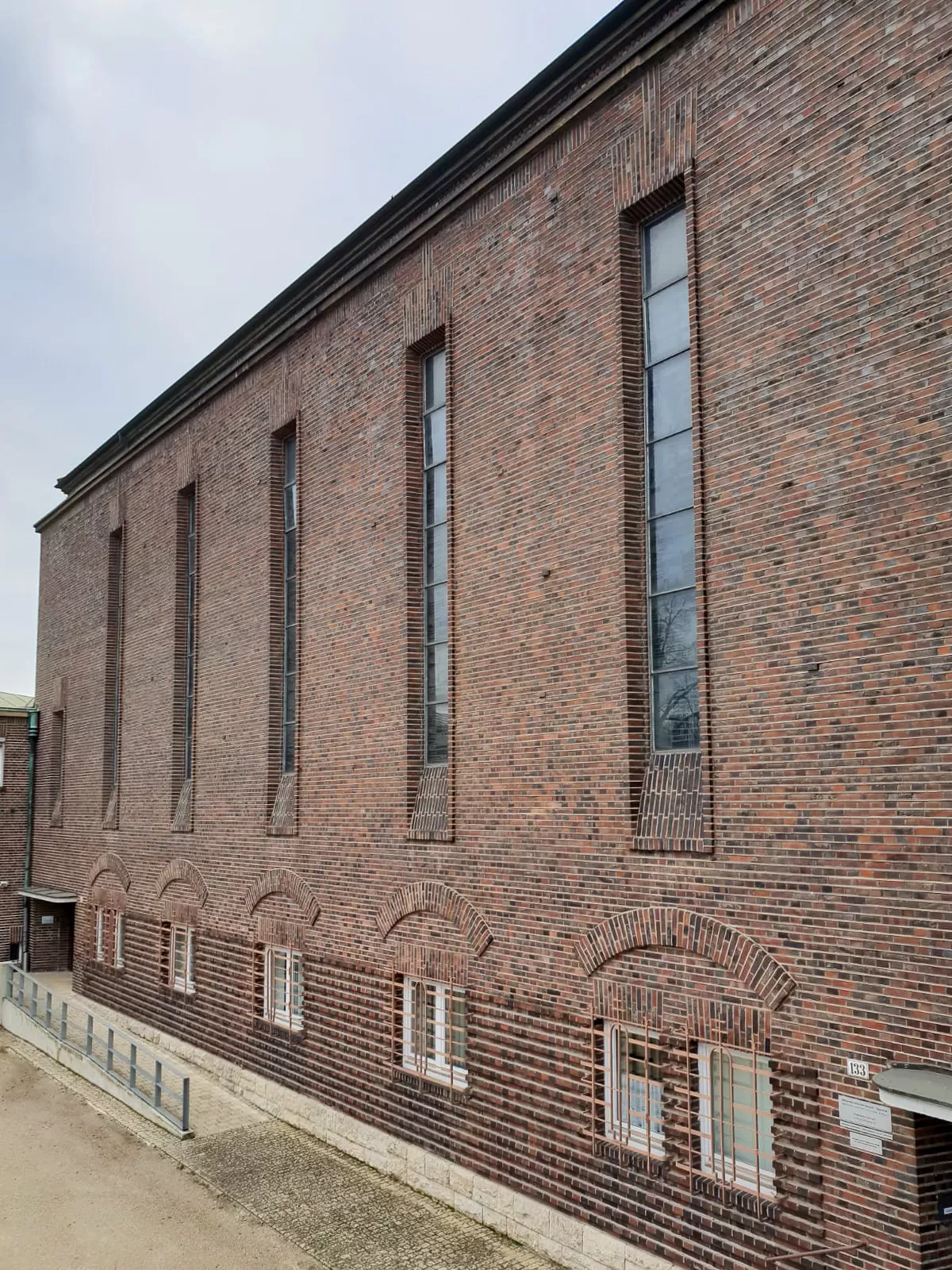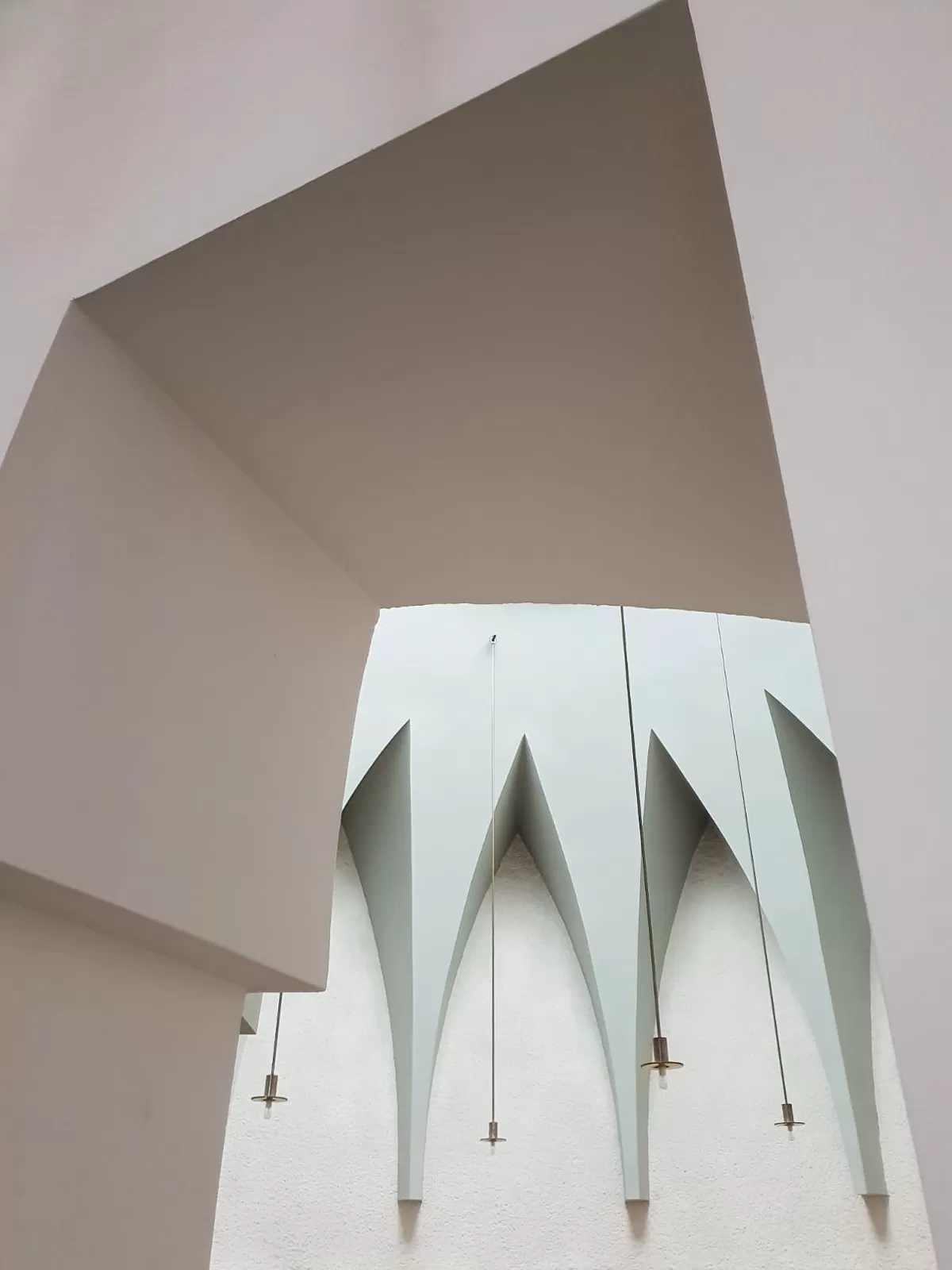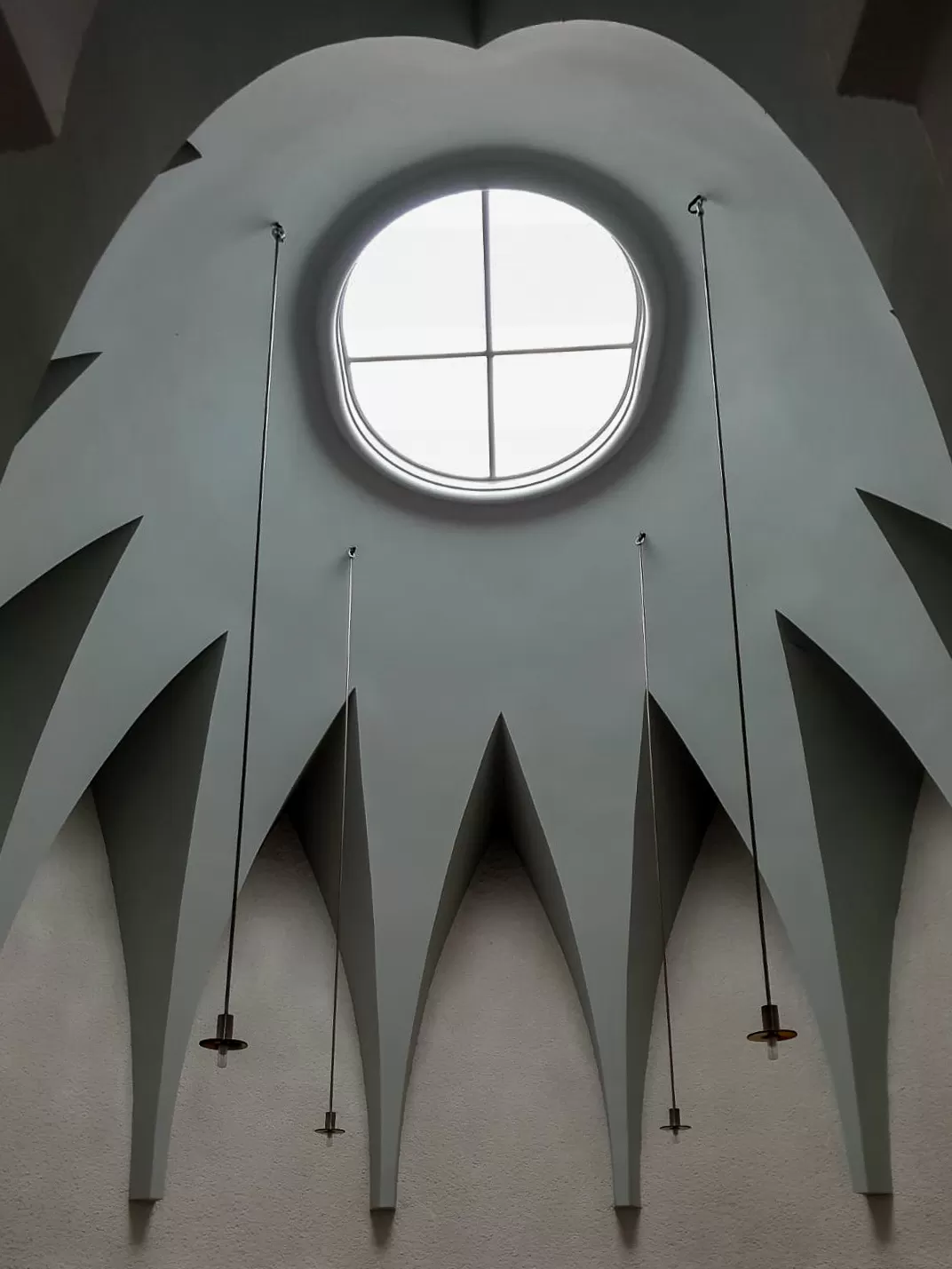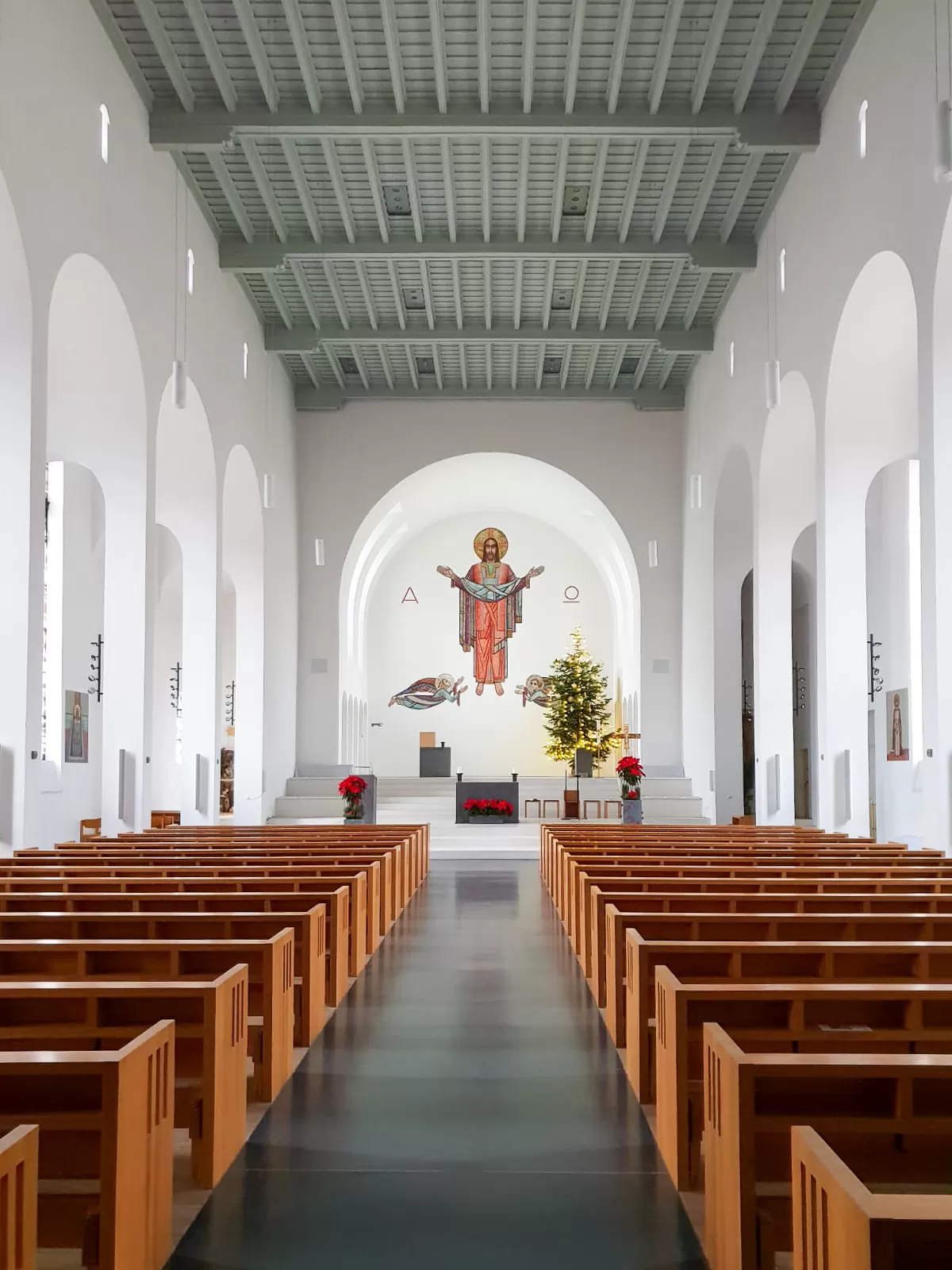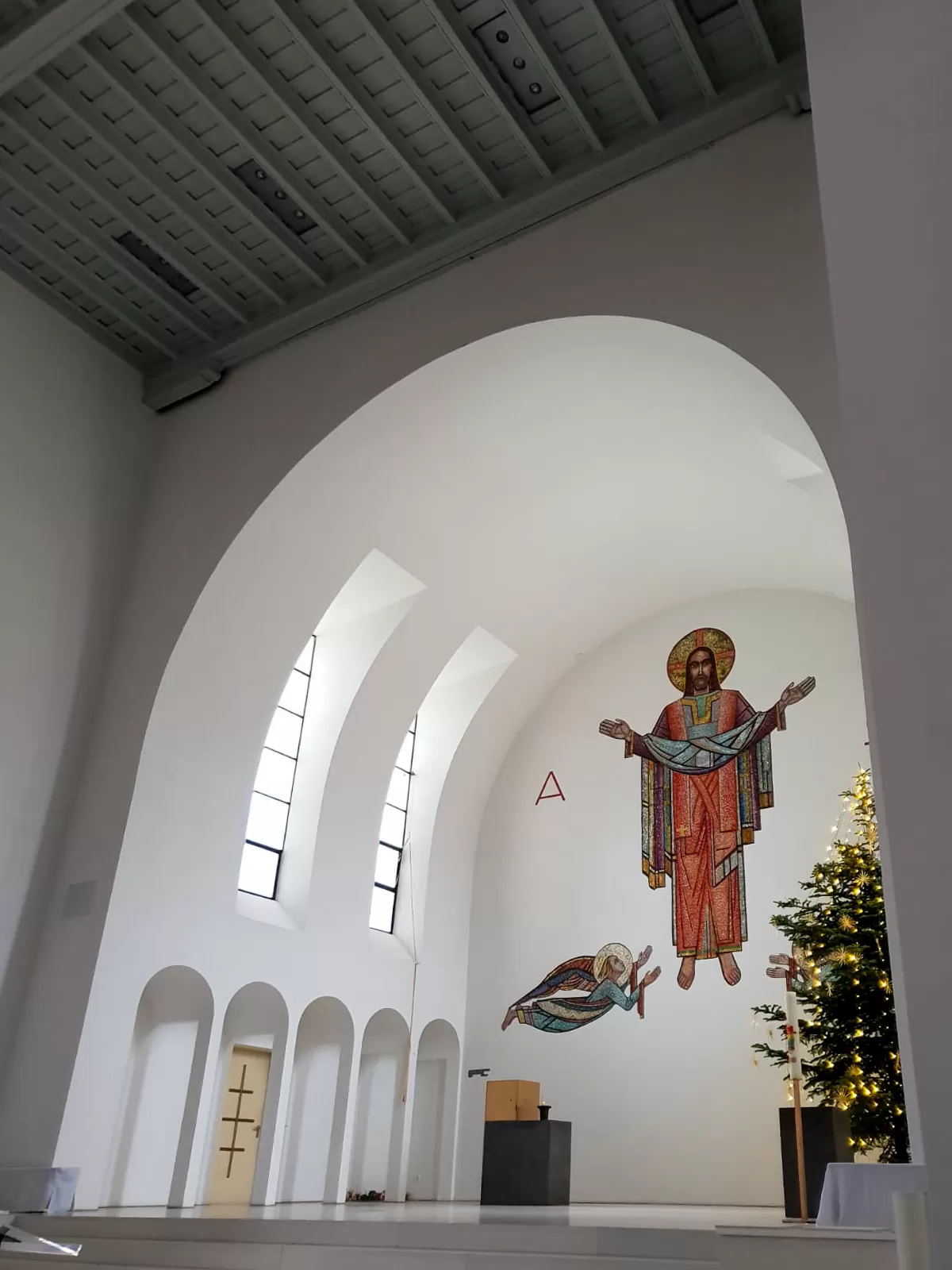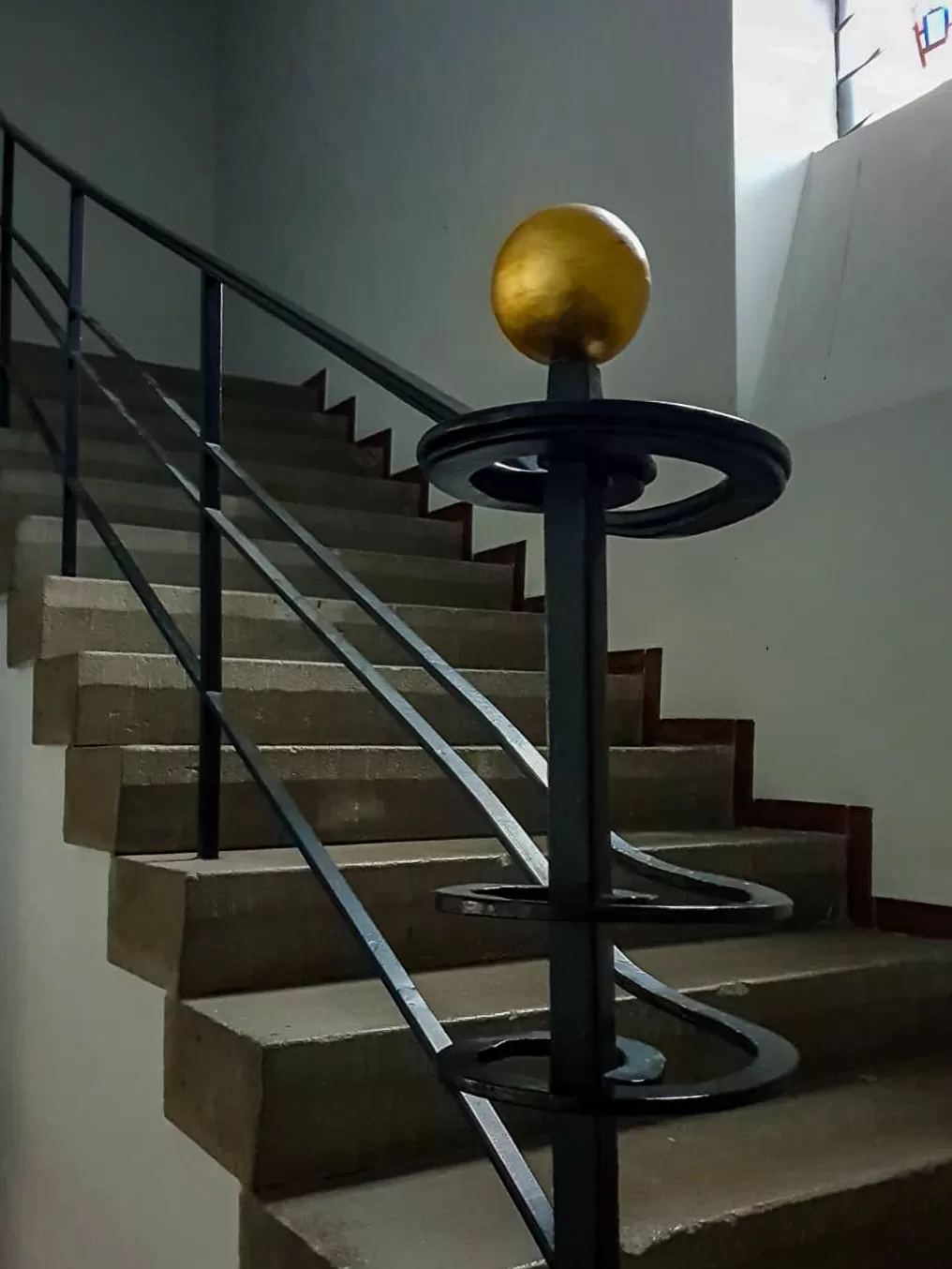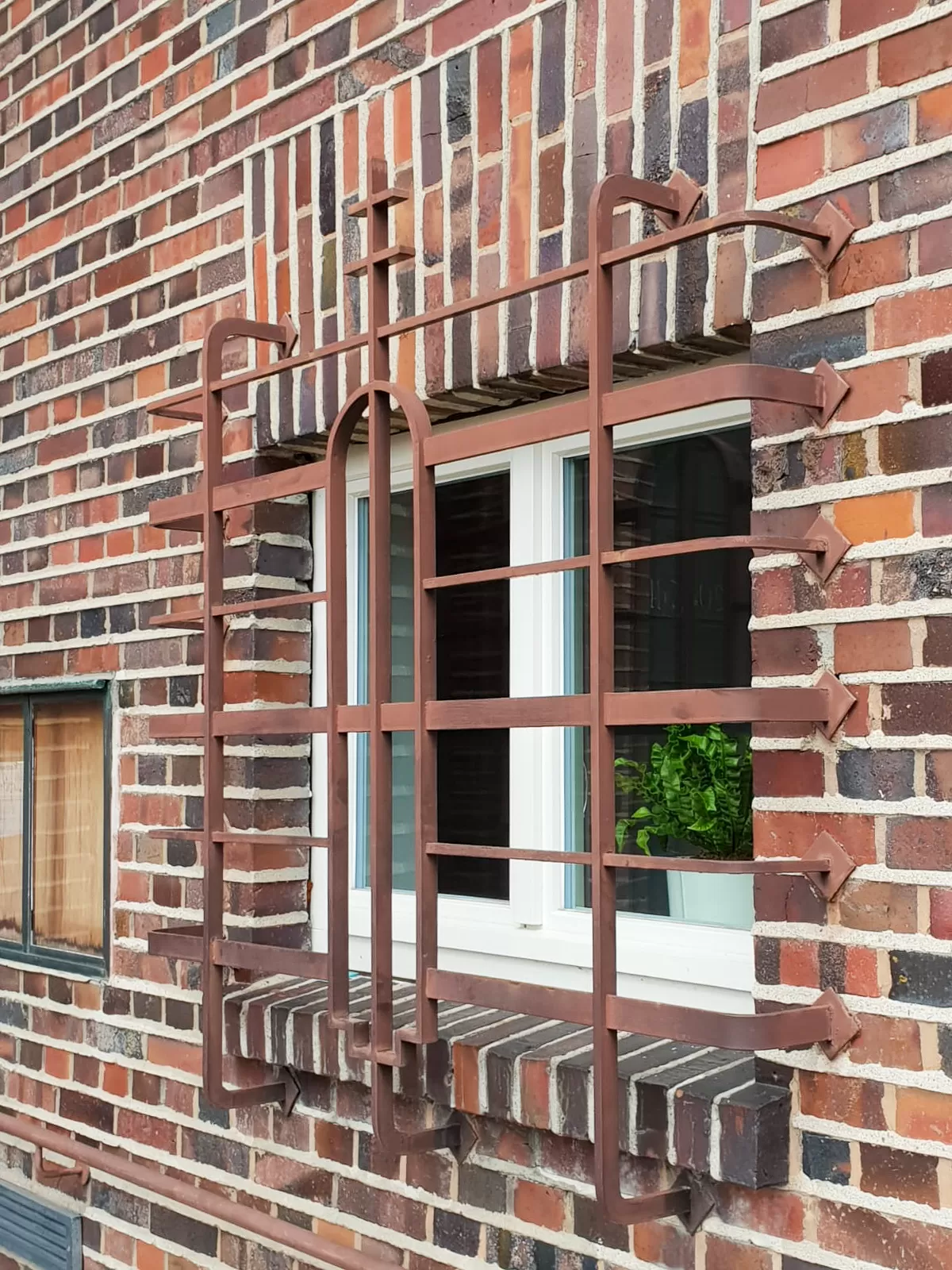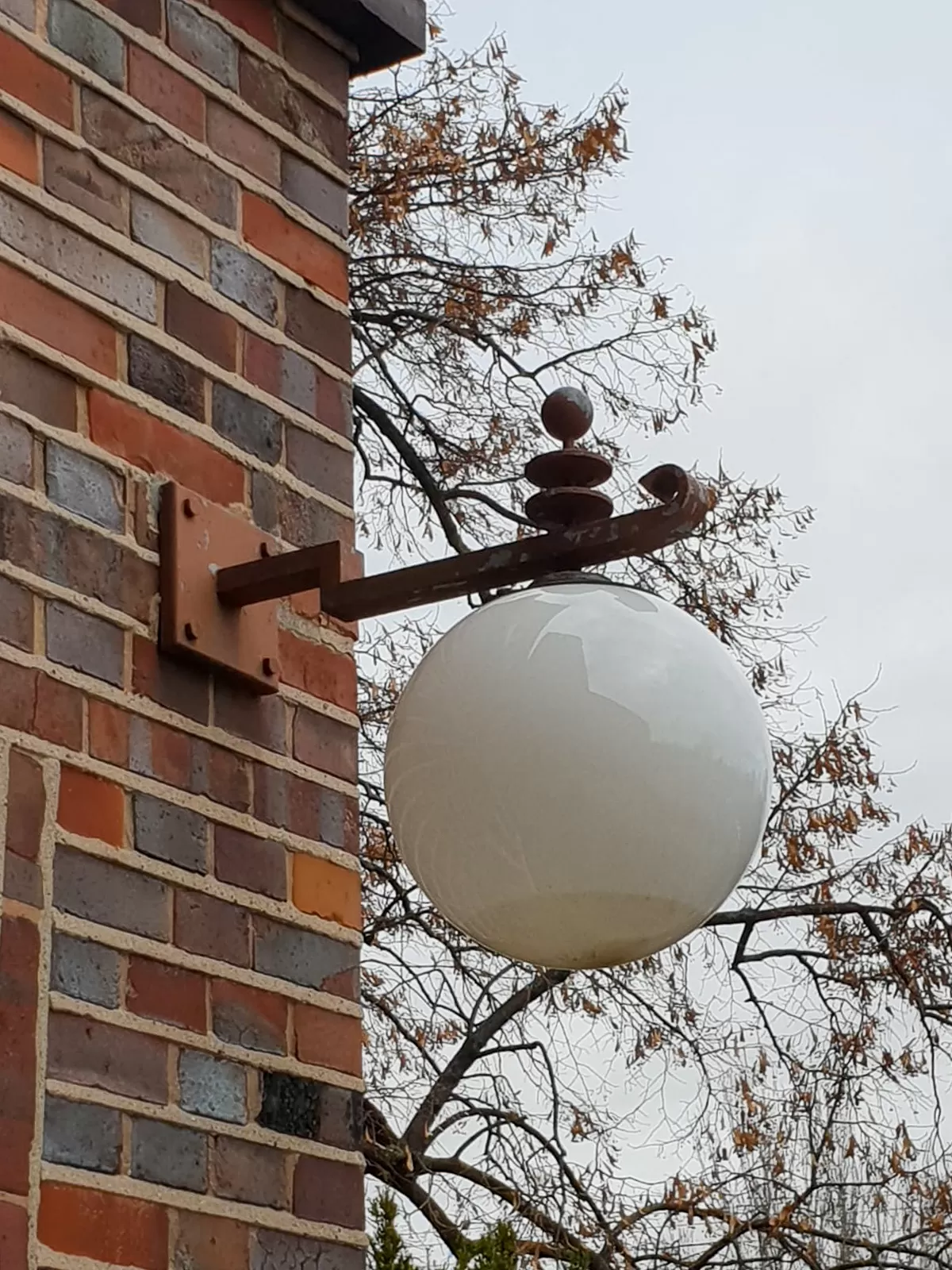1929 – 1930
Architect: Hugo Schlösser
Heilbronner Straße 131-135, Stuttgart, Germany
The church was built between 1929 and 1930 as a clinker brick building according to the plans of the architect Hugo Schlösser.
In accordance with the needs of modern metropolitan pastoral care, a community center was created from a single mold, which in its modernity also took into account the demands of the architecture of the New Objectivity.
Church Building
The large church building is framed by various parish rooms on the left and the rectory on the right.
The weight of the nave is absorbed by the tower, which is offset laterally towards the street.
On the tower, ornamental cornices running across the corner cleverly point out the narrow, high sound slots of the belfry.
The large flight of steps and the equestrian statue of the church’s patron saint, designed by Karl Rieber, on the tower’s facade further break up the building mass.
The modernist exterior is also continued in the interior.
Interior
The floor plan shows the classic three-nave basilica form, but the side aisles are reduced to mere passage zones.
The narrow barrel vaults of the side aisles visually form a forward-facing unit with the barrel vault of the chancel.
Decor
The large dominating mosaic on the rear wall of the choir, which shows Christ as the world redeemer, is a design by the artist Josef Eberz, as are the lateral Stations of the Cross.
In contrast to the functional design of the main nave are the side chapels divided by expressive concrete ribs.
With their expressive design of the ribs and the 14 silkscreen prints by the graphic artist Anton Stankowski hanging below them, they are particularly significant artistically.
The former baptismal font in the chapel now serves as an altar for weekday services, and the clinker floor is still original from the pre-war period.
Reconstruction and Restoration
In October 1944 the church was hit by several bombs and the roof and the north wall with the organ collapsed.
After the war the church was quickly rebuilt. The shape of the roof was changed to a sloping tile roof, because the copper for the original flat roof was not available.
The interior of the listed church was thoroughly renovated and redesigned in 2010 to adapt the church to today’s liturgical requirements.
Redesign
The new altar as well as the ambo, baptismal font and holy water font were designed by Rolf Bodenseh using lava basalt.
In 1975, the dilapidated post-war organ was replaced by a pipe organ from the workshop of Winfried Albiez.
A new portal and barrier-free access were created on the west side.

